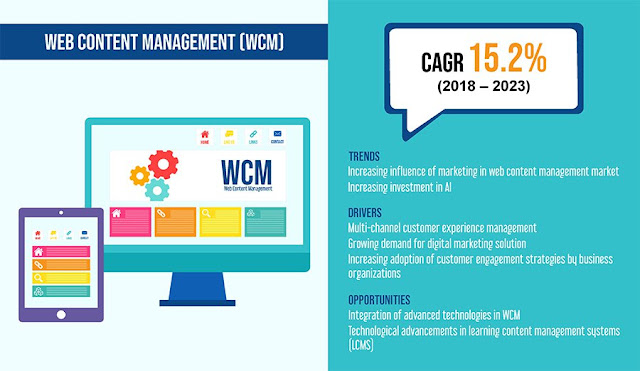Since the Industrial Revolution, the levels of carbon dioxide (CO2), which is the primary greenhouse gas (GHG), have increased threefold, as per the National Geographic Society. This has been a result of the increasing rate of the burning of oil, coal, and other fossil fuels in power plants, vehicle engines, factories, and homes. As per the U.S. Environmental Protection Agency (EPA), the transportation sector is responsible for around 14% of the total GHG emissions around the globe. With alarm bells ringing, steps are being taken to reduce the emission of these harmful substances from automobiles.
As a result of the increasing consciousness and government initiatives, the electric car market is on path to reaching a sale of 5.3 million units in 2025, from merely 0.8 million units in 2016, with this number growing at a healthy 33.6% CAGR between 2017 and 2025. Around the world, countries are launching policies to not only make fossil-fuel-driven automobiles cleaner, but also ultimately replace them with electric vehicles (EV). For instance, apart from the already effective Euro VI emissions norms, certain European countries are targeting a 100% transition to EVs; the Netherlands aims to achieve this by 2030 and the U.K. by 2040.
As per the International Energy Agency (IEA), after rising constantly for two years, CO2 emissions stabilized at around 33 gigatonnes (Gt) in 2019. This was primarily a result of the decrease in the emission of CO2 from the burning of coal in power stations, by around 200 million tonnes (Mt) during 2018–2019. So, while the efforts of the power sector have started being fruitful, the transportation domain has a long way to go. This is why not only European and North American countries, but even Asian nations, especially China, Japan, and India, are framing policies for a switch to 100% clean mobility.
Apart from the concerns for the environment, another reason for the rising sale of electric cars is the decline in the price of the battery, especially lithium-ion (Li-ion) variants. As the battery is the most crucial component of an EV, it decides the purchase price of the entire automobile. As the energy storage devices were quite expensive in the past, they made the EVs costly, which led to their low uptake. But, during 2010–2017, the battery prices dropped by almost 77%, to $227/ kilowatt-hour (kWh), and they are further expected to slump to $110/kWh in the next five years, thus making EVs affordable.
Presently, Asia-Pacific (APAC) is the most lucrative electric car market, on account of the high air pollution levels in regional countries, especially China, Japan, and India. This is why the governments here are offering numerous financial benefits to the customers as well as manufacturers of EVs. For instance, Government of India has invested $1,460 million (INR 10,000 crore) to support the purchase of 1,500,000 electric vehicles by March 2022, under its ambitious Fast Adoption and Manufacturing of (Hybrid &) Electric Vehicles scheme Phase II.
Thus, with governments strongly encouraging the adoption of clean automobiles for the sake of the environment as well as humans, the demand for electric cars will witness a massive rise in the years to come.














